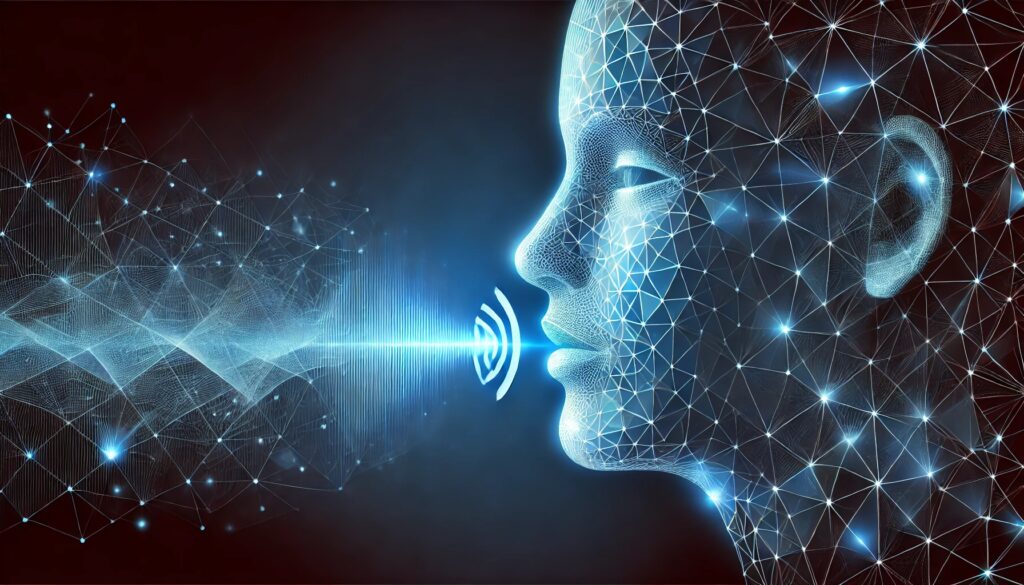
OpenAI has unveiled an innovative voice mode for its ChatGPT app, marking a significant evolution in how we interact with AI. This new feature, which allows users to engage in real-time voice conversations with ChatGPT, represents a leap toward more natural, intuitive, and accessible AI interactions. Imagine a scenario where speaking to ChatGPT feels as familiar as chatting with a friend, or as convenient as giving commands to Siri or Google Assistant. This latest development not only enhances user experience but also paves the way for a more dynamic and versatile AI presence in our everyday lives.
Breaking Down the Voice Mode: A New Era of Interaction
The introduction of voice mode in the ChatGPT app is not just about adding another way to communicate—it’s about redefining the user experience. Traditionally, interacting with AI has been limited to text-based input, which, while effective, can sometimes feel impersonal or cumbersome. With the new voice mode, users can now converse with ChatGPT in a manner that feels more immediate and engaging. This is particularly beneficial in situations where typing isn’t practical, such as when you’re driving, cooking, or simply prefer to speak rather than type.
What sets this feature apart is its ability to deliver responses in natural-sounding voices. Rather than settling for the monotone, robotic voices often associated with AI, OpenAI has gone the extra mile to create five distinct voices that feel alive and vibrant. These voices are the result of a unique collaboration with professional voice actors, ensuring they carry the warmth and variation found in human speech.
The Technology Behind the Voices: Merging Art and AI
Creating a voice that sounds genuinely human is an intricate process. OpenAI has leveraged its advanced neural networks to train these voices, making them not just responsive but also capable of conveying emotion and subtlety. This approach ensures that the AI can mimic the complexities of human speech, from the cadence of a sentence to the emphasis on certain words, making interactions feel smoother and more connected.
The professional voice actors involved in this project played a critical role in shaping these voices. By working closely with AI developers, they provided the emotional depth and nuanced delivery that neural networks could then replicate. This collaboration bridges the gap between human artistry and machine learning, resulting in voices that are not only technically advanced but also emotionally resonant.
Voice Mode Rollout: What to Expect
The rollout of this new feature is happening gradually, with both iOS and Android users set to receive the update. This staggered release allows OpenAI to fine-tune the experience, ensuring that as many users as possible can enjoy a seamless and bug-free interaction. This careful approach reflects OpenAI’s commitment to delivering high-quality features that enhance the overall user experience.
Alongside the voice mode, this update includes image understanding capabilities. Now, users can show images to ChatGPT and ask questions about them, further expanding the ways in which AI can assist in daily tasks. Whether it’s identifying objects in a photo, analyzing a chart, or even interpreting a piece of art, this feature underscores OpenAI’s dedication to making AI more versatile and useful in a wide range of scenarios.
Expanding the Horizons of AI Interaction
The introduction of voice mode is more than just a technical upgrade—it’s a philosophical shift in how we think about and use AI. By making AI more conversational, OpenAI is moving towards a future where interacting with machines feels less like issuing commands and more like having a dialogue. This is a crucial step in making AI more integrated into our daily lives, where it can assist not just with tasks but also in more complex, conversational contexts.
Consider the possibilities: you could discuss a book you’re reading, brainstorm ideas for a project, or even debate current events with your AI. This level of interaction opens up new opportunities for education, creativity, and productivity, making AI a more valuable tool in both personal and professional settings.
Voice Mode: A Glimpse into the Future of AI
The new voice mode in the ChatGPT app is just the beginning. As AI continues to evolve, we can expect even more sophisticated ways to interact with technology. OpenAI is leading the charge, not just by making AI smarter but also by making it more human-like in its interactions. This shift towards more natural, intuitive communication is key to integrating AI into our lives in a way that feels seamless and organic.
With the ability to engage in real-time voice conversations, ChatGPT is now more than just a text-based assistant; it’s a companion that can assist, converse, and even entertain. This evolution is a testament to OpenAI’s vision of making AI not just a tool, but a partner in our everyday lives.
In conclusion, OpenAI’s new voice mode is a groundbreaking feature that transforms how we interact with AI. By combining advanced speech synthesis technology with the art of human voice acting, OpenAI has created a more engaging, intuitive, and versatile AI experience. As this feature rolls out to users worldwide, it’s clear that the future of AI is not just intelligent, but also relatable and human.
Explore the future of AI interaction further by visiting OpenAI’s official blog.